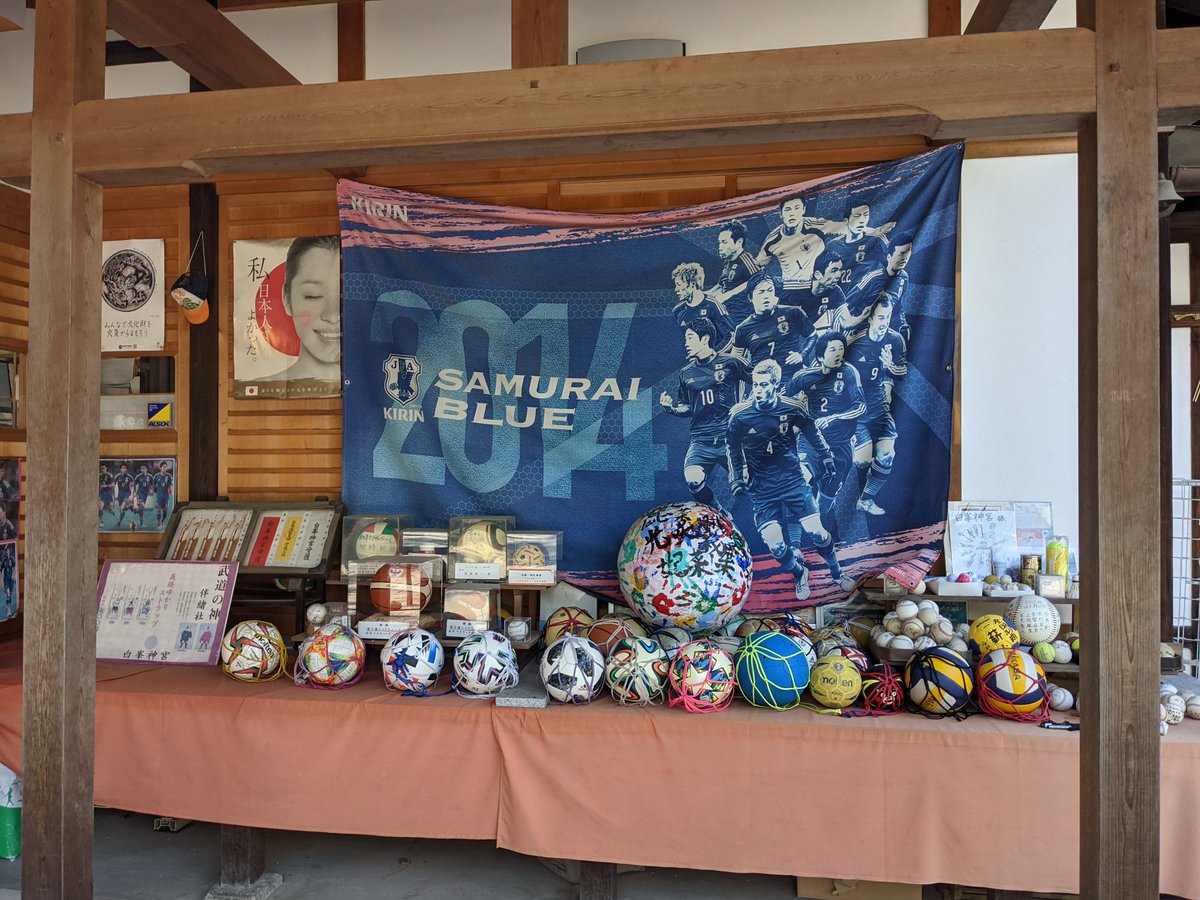
🪢IF YOU BUILD IT, THEY WILL COME🪵
Between July 10-14th the floats that will participate in the Gion Matsuri's first parade (the 'Saki Matsuri' 先祭り - July 17th) are constructed. The parts are laid out, slotted together, and then meticulously bound in rope.
#Kyoto #祇園祭
Between July 10-14th the floats that will participate in the Gion Matsuri's first parade (the 'Saki Matsuri' 先祭り - July 17th) are constructed. The parts are laid out, slotted together, and then meticulously bound in rope.
#Kyoto #祇園祭
The 'hoko' (鉾) take around 3 days to complete, the smaller 'yama' (山) only 1. Float decorations are displayed in the 'kaisho' (会所), the meeting place of each 'float neighbourhood'.
Using only rope to bind the float skeletons allows for much more flexibility during the parade.



Using only rope to bind the float skeletons allows for much more flexibility during the parade.


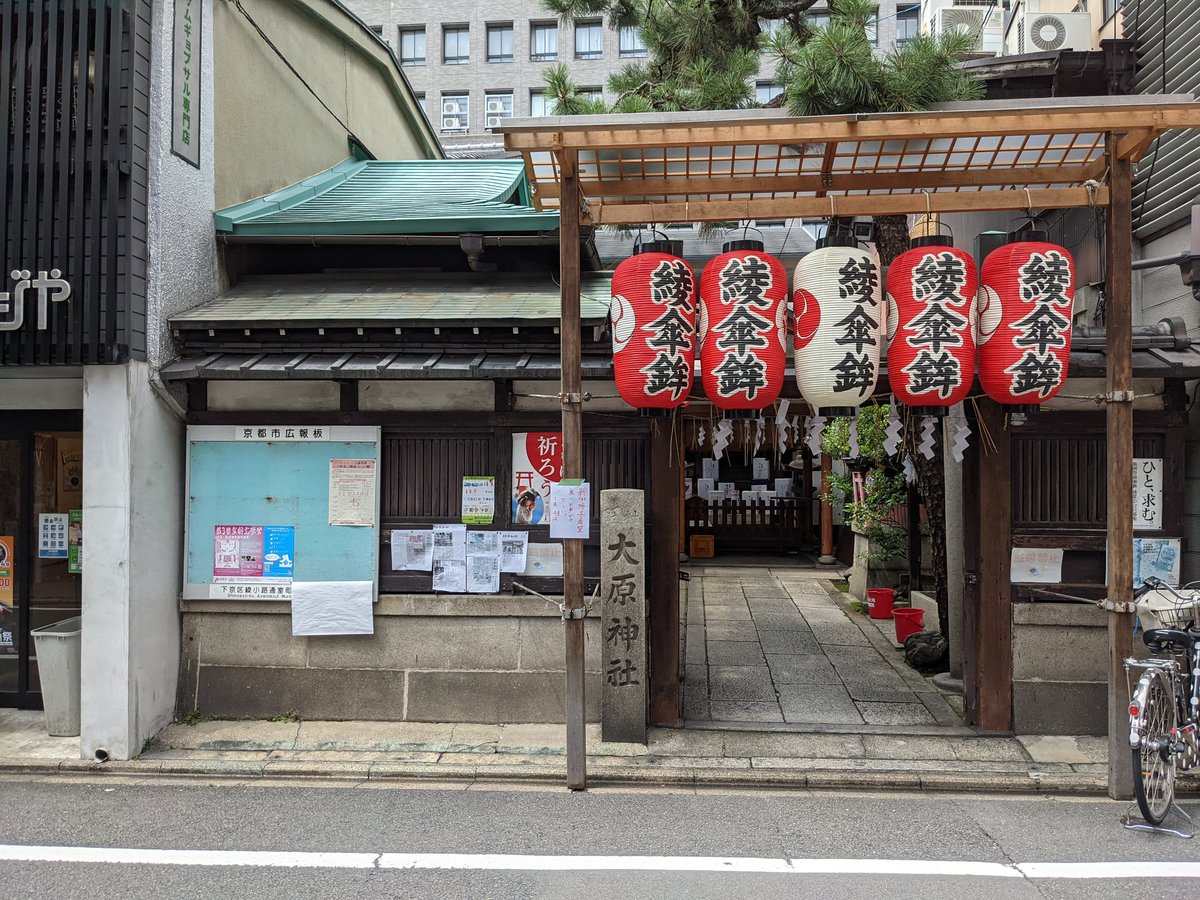

Float frames are known as 'yagura-gumi' (やぐら組み 'turret style'), and the method of binding is called 'nawa-garami' (縄がらみ 'rope construction').
Ropes are held in place by a series of intricate knots, such as the 'prawn knot' (海老結び) & 'female butterfly bow' (雌蝶結び).



Ropes are held in place by a series of intricate knots, such as the 'prawn knot' (海老結び) & 'female butterfly bow' (雌蝶結び).




A morning tea break with a difference...
@o_itotatsu kindly created this sweet for some very special guests, using their home country as inspiration🤔
Although we can't really talk about the visit, I did, at least, want to show off the delicious kinton😋🙇♂️
#wagashi #和菓子 #京都
@o_itotatsu kindly created this sweet for some very special guests, using their home country as inspiration🤔
Although we can't really talk about the visit, I did, at least, want to show off the delicious kinton😋🙇♂️
#wagashi #和菓子 #京都
It's gotten to that time of year again where it is just not possible to keep up with deluge of sweets on offer...though Nao-san does her best😅
#Kyoto #京都 #wagashi #和菓子 #Japan #traditionalsweets #gionmatsuri #祇園祭



#Kyoto #京都 #wagashi #和菓子 #Japan #traditionalsweets #gionmatsuri #祇園祭

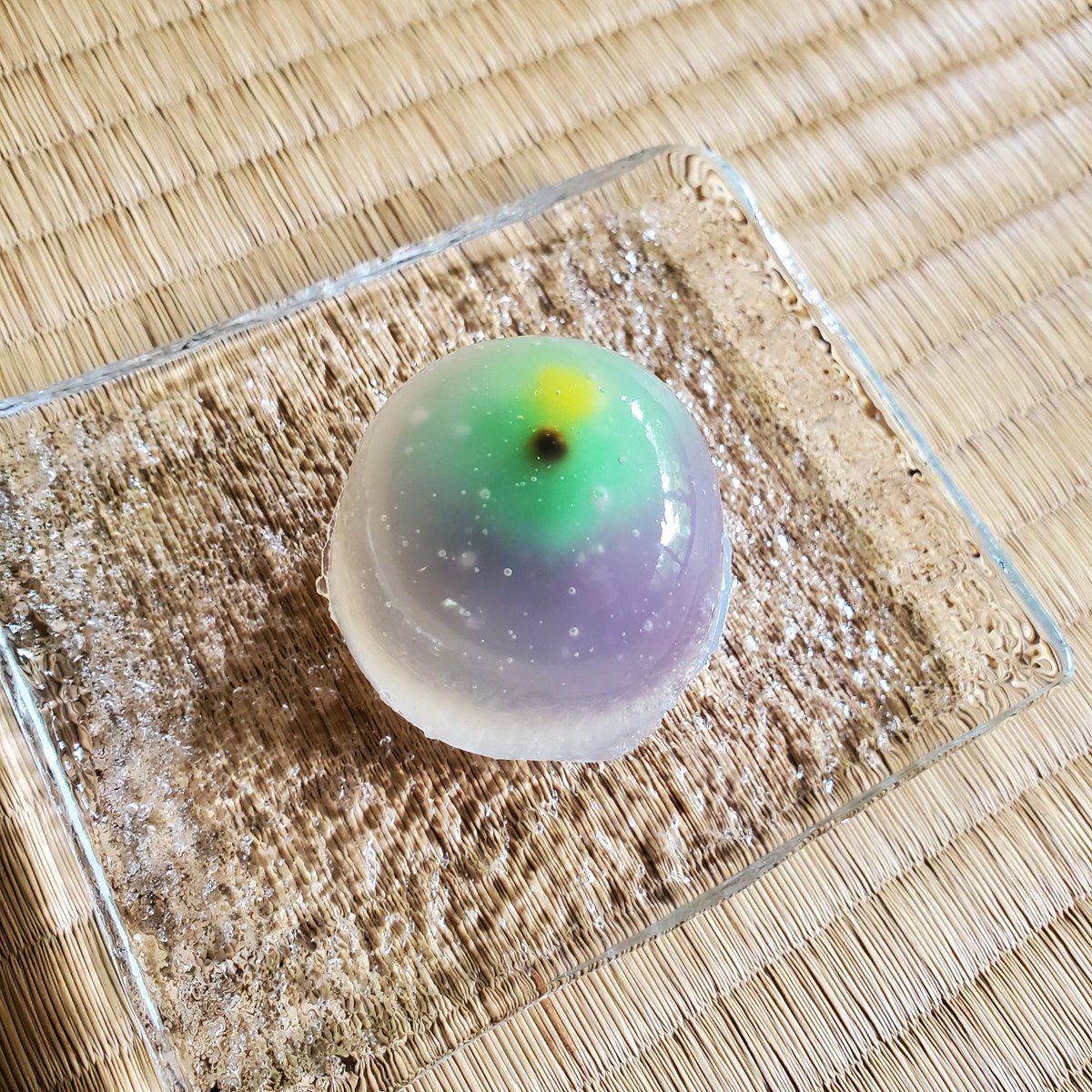


In the past a special guild was responsible for not only assembling and disassembling the floats at festival time, but preserving information about the knots and methods of construction unique to each 'hoko' and 'yama'.
Photo thanks🙇♂️-kyoto-tabiya.com
#gionmatsuri #祇園祭



Photo thanks🙇♂️-kyoto-tabiya.com
#gionmatsuri #祇園祭

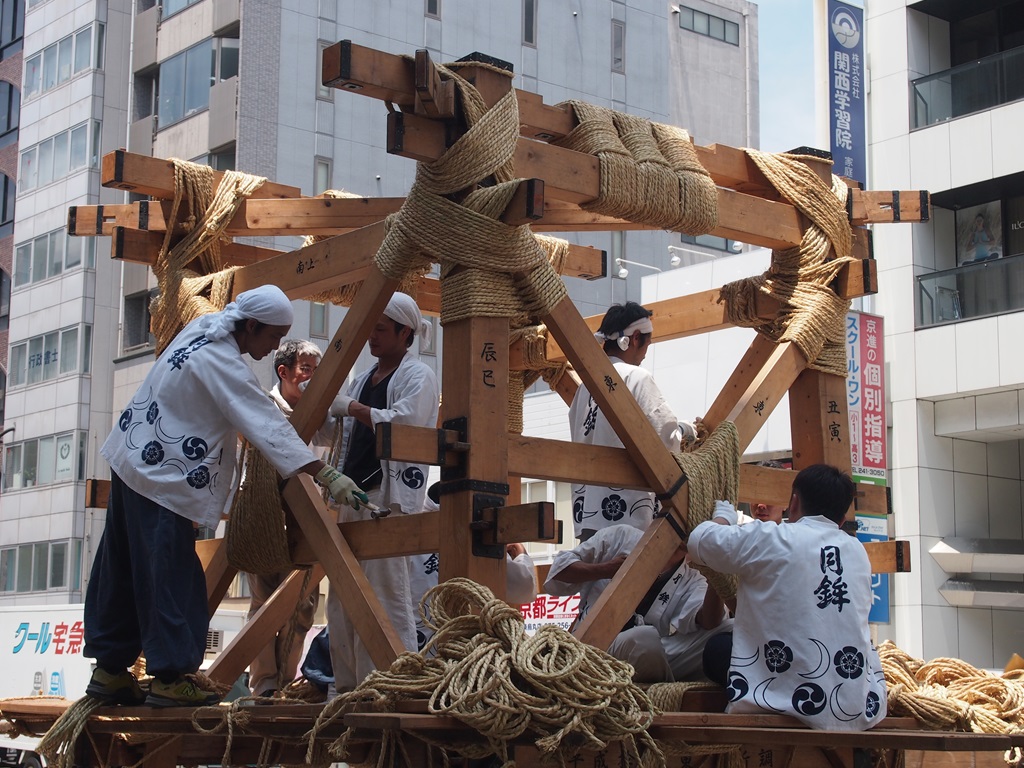


A group of carpenters now carries out the 'hoko-tate' (鉾建て) & 'yama-tate' (山建て).
When the first parade is finished the floats are quickly taken apart. Construction then begins on the floats participating in the 'Ato Matsuri' (後祭 - July 24th).
🙇♂️-kyoto-tabiya.com



When the first parade is finished the floats are quickly taken apart. Construction then begins on the floats participating in the 'Ato Matsuri' (後祭 - July 24th).
🙇♂️-kyoto-tabiya.com




✨CHIMAKI CHARMS🙏
One of the most important tasks in July for many households & businesses in Kyōto is the refreshing of the 'chimaki' (茅巻き).
Sold exclusively during the Gion Matsuri, these broom-like charms hang by doorways to prevent misfortune entering the home or office.



One of the most important tasks in July for many households & businesses in Kyōto is the refreshing of the 'chimaki' (茅巻き).
Sold exclusively during the Gion Matsuri, these broom-like charms hang by doorways to prevent misfortune entering the home or office.



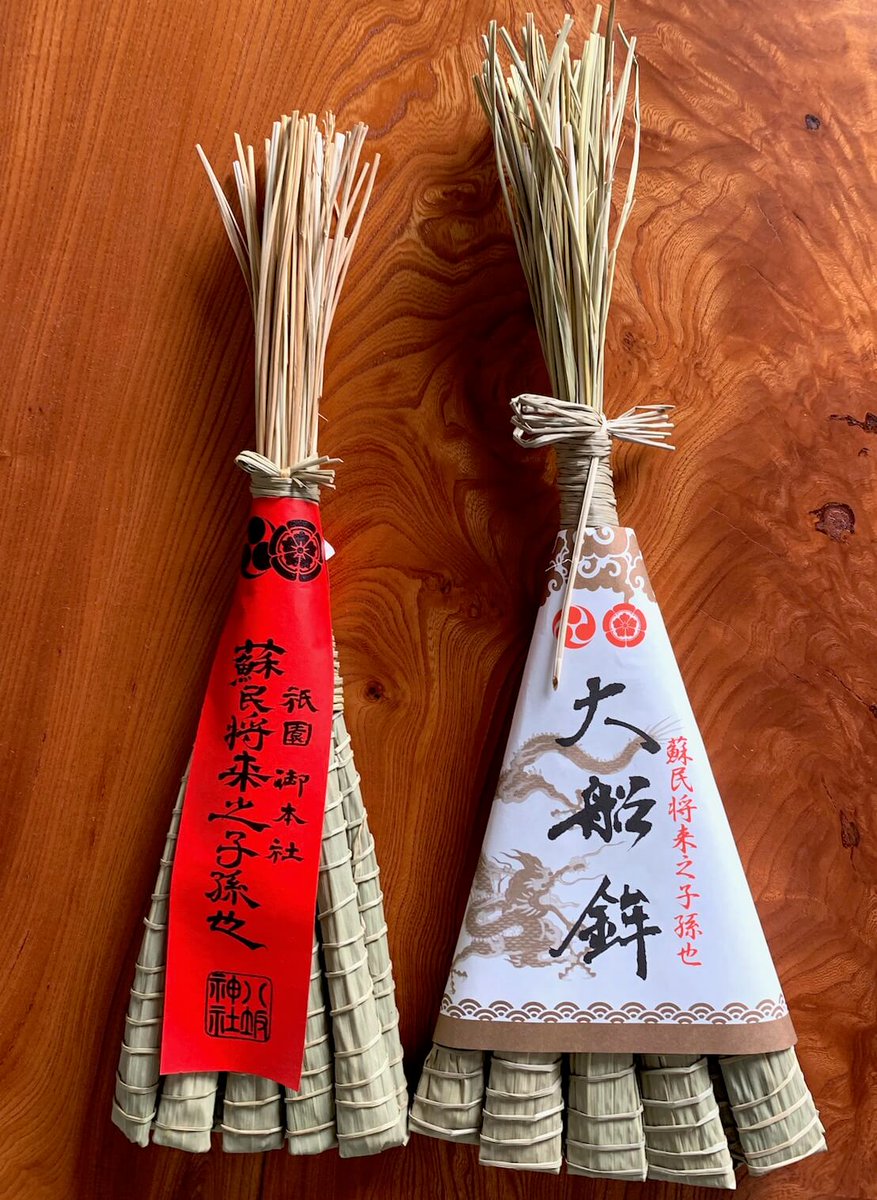
Nao-san shows how to 'throw away' last year's chimaki (茅巻き/ちまき).
Prior to the two parades each float accepts old chimaki. These will be purified and ritually burnt at Yasaka-jinja (八坂神社).
#Japan #Kyoto #京都 #GionMatsuri #祇園祭 #chimaki #ちまき
Prior to the two parades each float accepts old chimaki. These will be purified and ritually burnt at Yasaka-jinja (八坂神社).
#Japan #Kyoto #京都 #GionMatsuri #祇園祭 #chimaki #ちまき
If you peek closely at each chimaki you will see a slip of paper with the words...
"Somin-shōrai shison nari"
蘇民将来子孫也
Loosely translated the phrase means "I am a descendant of Somin Shōrai, so please protect me".
[this comes from the legend of Somin & the god Susanoo].
"Somin-shōrai shison nari"
蘇民将来子孫也
Loosely translated the phrase means "I am a descendant of Somin Shōrai, so please protect me".
[this comes from the legend of Somin & the god Susanoo].

The summer purification ritual 'chinowa-kuguri' (茅の輪くぐり) and the 'chimaki' amulets evolved from the same legend...both concerned with protecting oneself against disease and misfortune.
Yasaka-jinja, home of the Gion Matsuri, enshrines Susanoo.
🧵➡️
Yasaka-jinja, home of the Gion Matsuri, enshrines Susanoo.
🧵➡️
https://twitter.com/camelliakyoto/status/1408598090790039557?s=20&t=RWmEft1kA4TRB0SIKGwRcw
• • •
Missing some Tweet in this thread? You can try to
force a refresh












